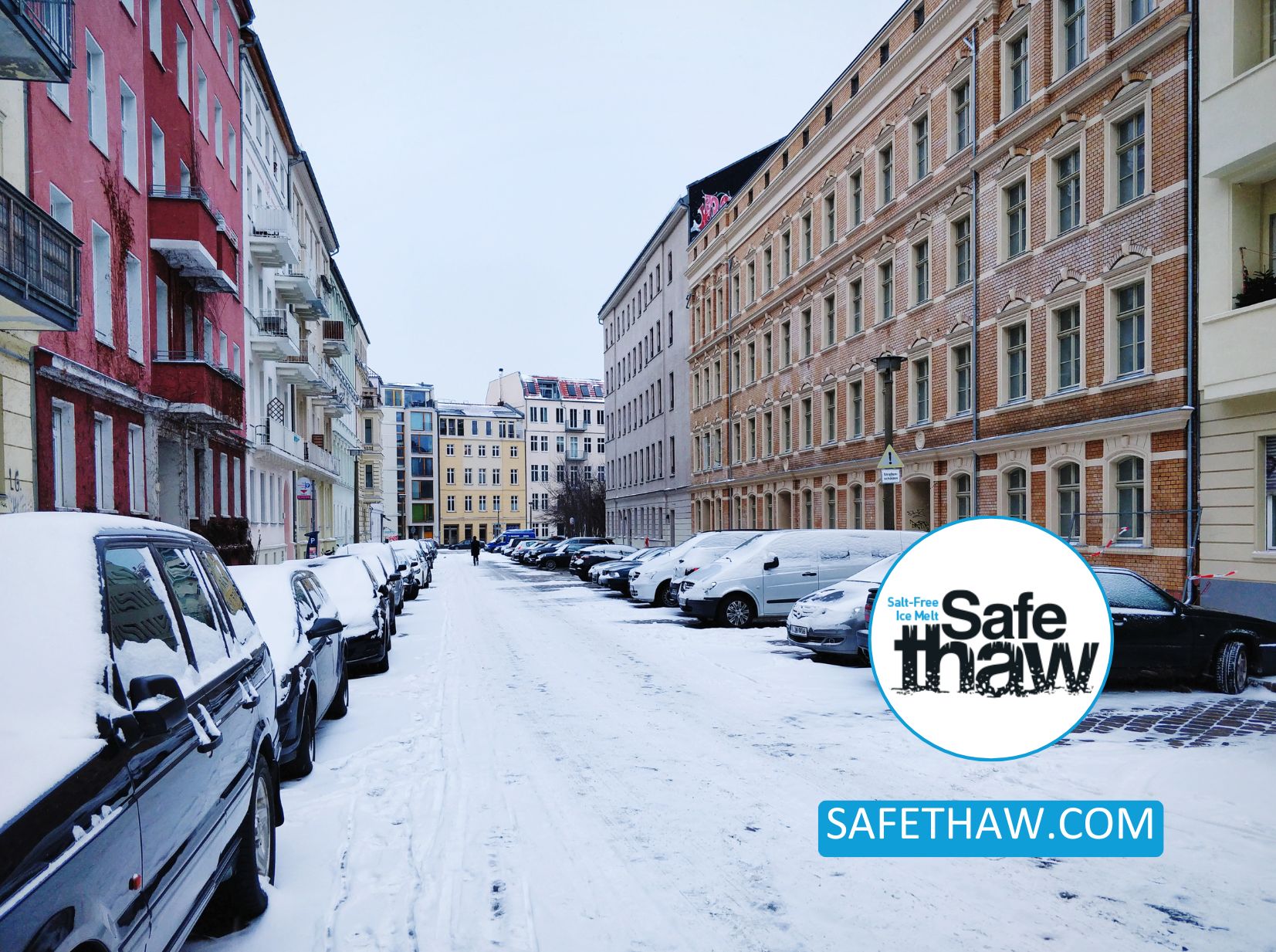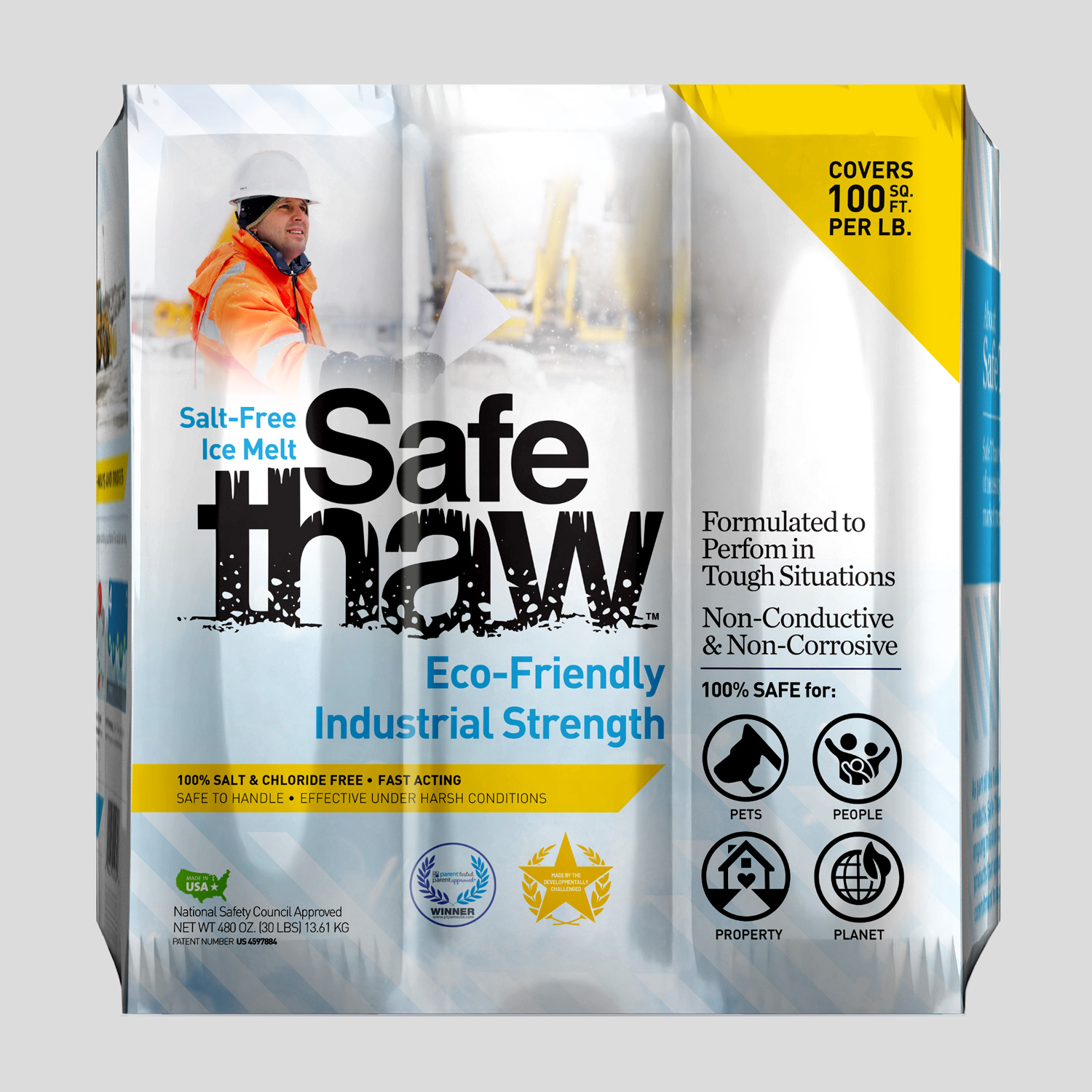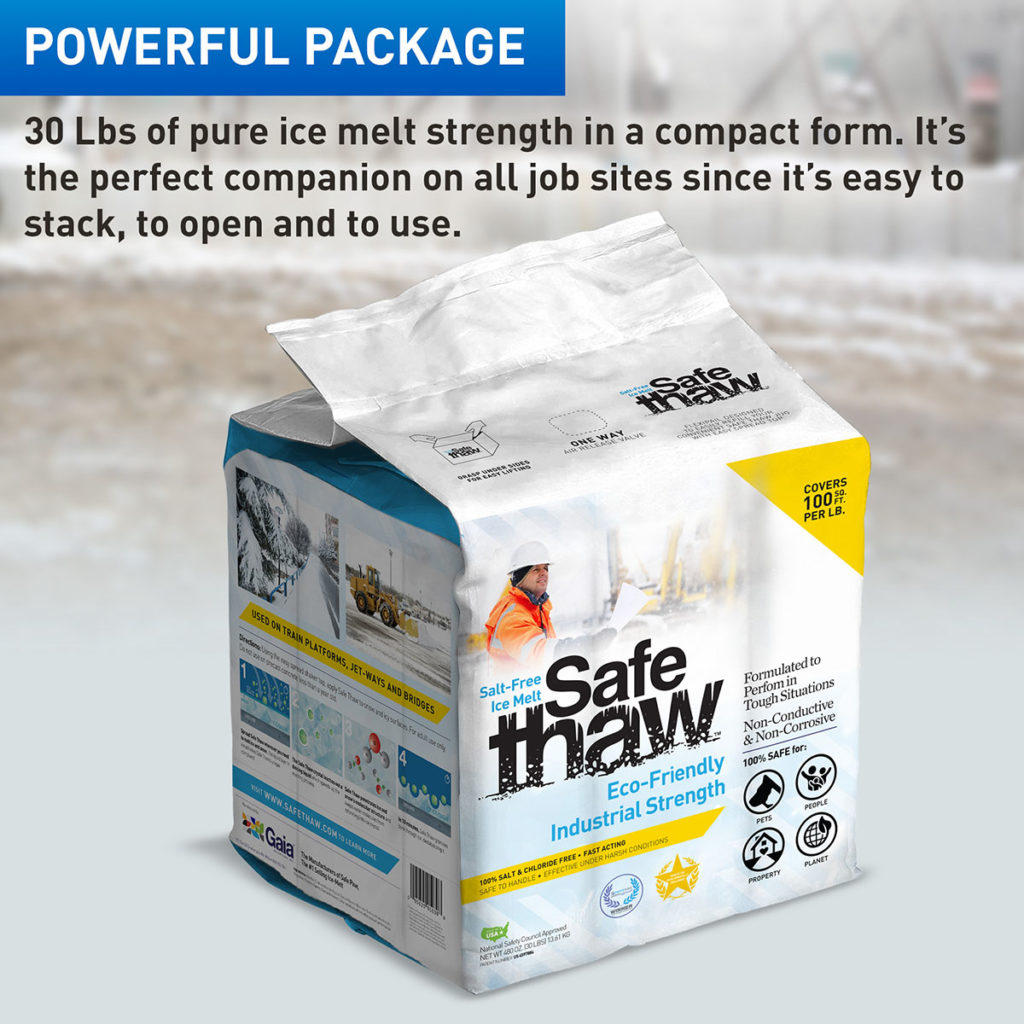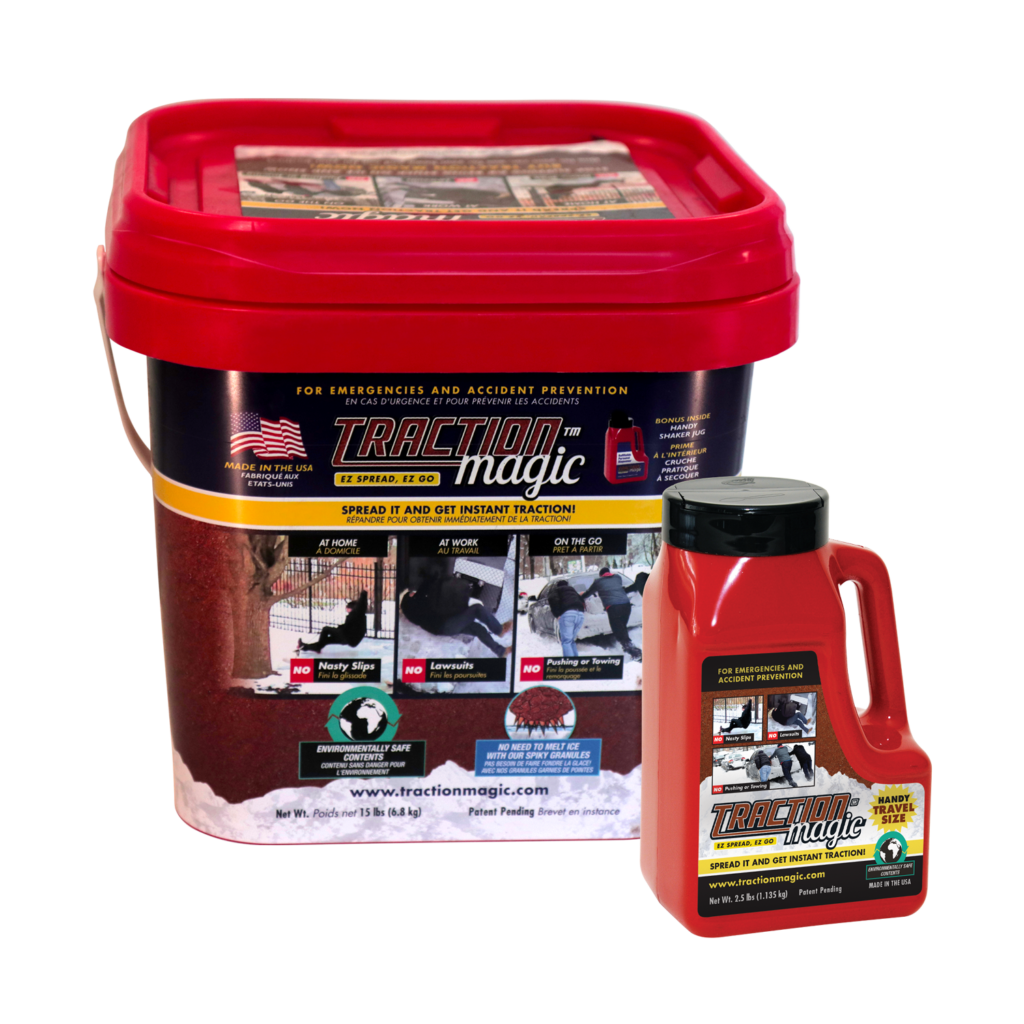Winter Parking Lot Safety Tips For Small Businesses

Layers of ice as you step out can be frustrating. Not only it’s messy but slippery and can lead to serious injuries. If you’re a business owner, the last thing you’d want is customers slipping or their cars skidding. Every winter, we see multiple parking lots go through rigorous shoveling snow and melting ice. However, we still look for pro ice melt industrial that can be used without worrying about the environment or your parking lot concrete.
How to Park in a Snow Parking Lot?
When parking in snow-covered lots, consider the following tips:
- Choose a Clear Spot: Park in a designated parking space that has been cleared of snow and ice.
- Avoid Piles of Snow: Avoid parking near large piles of snow, as they can obstruct visibility for both drivers and pedestrians.
- Consider Parking Aisle Width: Leave enough space between your vehicle and neighboring cars to ensure easy entry and exit.
- Park Away from Snowplow Routes: Avoid parking along snowplow routes to minimize the risk of your vehicle being blocked by plowed snow.

Blizzards Are Here—Stock Up on Safe Thaw Today!
Safe Thaw was created as the ice management solution for tough winter environments. Ideal in commercial and industrial properties, shops, government agencies, bridges, and construction.
How Can I Make My Parking Lot Safe?
To make your parking lot safe during winter, consider these measures:
- Regular Snow Removal: Keep the parking lot plowed and salted to prevent ice buildup and ensure safe driving and walking.
- Install Proper Lighting: Well-lit parking lots enhance visibility and deter potential safety hazards.
- Provide Clear Signage: Clearly mark parking spaces, snowplow routes, and emergency exits with visible signage.
- Apply Safe Thaw: Use an ice melt solution like Safe Thaw to ensure the safety of drivers and pedestrians.

Blizzard Conditions? Stay Safe with Safe Thaw
Safe Thaw was created as the ice management solution for tough winter environments. Ideal in commercial and industrial properties, shops, government agencies, bridges, and construction.
Before we tell you that, we want to give you a heads up to not invest in these three types of ice melt to avoid damage to your concrete.
- Rock Salt
Rock salt or NaCl is one of the most commonly used ice melts due to its price. Unfortunately, even though it is cheap and freely available, it does more harm than good to the concrete and the environment.
For starters, rock salt leaves behind a whitish residue after drying up around the concrete and the plants. Excessive salt seepage into the soil destroys all the natural foliage around the parking lot and destroys the flowerbeds. It renders the soil infertile after a few years.
Rock salt is hard on concrete and prolonged use will make it an expensive affair as you would need to repair it after almost every season or two.
- Chemical Ice Melt
Many commercial properties, especially parking lots, use chemical ice melt on roads, pavements, and sidewalks. For example, industrial strength ice melt ingredients include magnesium chloride and calcium chloride. They may be effective at melting the ice but not everything that glitters is gold. These chemicals can damage your concrete and asphalt permanently costing you way more than the ice melt.
- Calcium Magnesium Acetate
While we have heard of the pros and cons of other ice melt products, calcium magnesium acetate (CMA) is no different. It comprises a slightly newer product- acetic acid, the primary compound of vinegar, and dolomitic limestone. It does not let snow stick to the concrete; however, it is not entirely safe for the concrete or plantation. In addition, CMA is less cost-effective if you want to purchase it regularly.
100% Salt & Chloride-Free Ice Melt for Winter Storm Protection.
What Are the Safety Tips for Winter?
Winter parking lot safety extends beyond just parking. Here are some safety tips to keep in mind:
- Drive Slowly: Reduce your speed while driving in snowy or icy parking lots to prevent skidding and accidents.
- Use Headlights: Turn on your headlights to increase visibility and ensure other drivers can see you.
- Watch for Pedestrians: Be cautious of pedestrians and give them the right of way. Snow piles can obstruct their view.
- Beware of Black Ice: Black ice can be deceptive and extremely slippery. Approach shaded areas with caution.
- Avoid Sudden Stops and Turns: Brake and accelerate gradually to prevent skidding, and make gentle turns to maintain control.
Conclusion
Navigating and parking in snow-covered parking lots requires attention to safety and consideration for others. By following the tips outlined in this article, you can ensure a safe winter parking experience for yourself, your vehicle, and those around you. Prioritizing safety through proper parking techniques, following winter safety guidelines, and using solutions like Safe Thaw will help create a secure environment in parking lots during the snowy months.

FAQs
Try Also Our Other Winter Safety Products:
Traction Magic
Stay safe on slippery surfaces with a product that’s 100% natural and safe for pets, people, and your property. Whether it’s sidewalks, steps, or even your car’s traction, Traction Magic is the go-to choice.

Walk On Ice
The handy disposable canister can be taken everywhere, with the same 100% naturally occurring minerals that provide instant traction on ice or snow. Use it on sidewalks, steps, or as an instant traction agent for your car.


